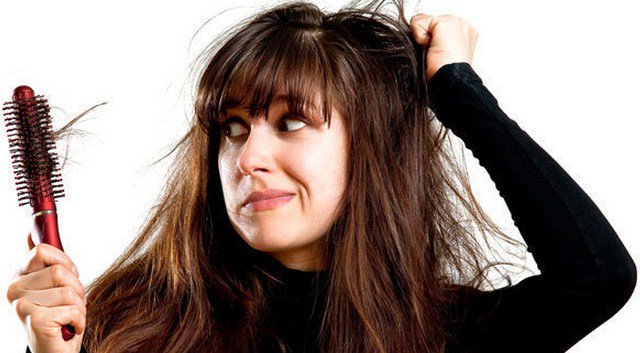Below are some facts about hair loss in women that will help women. Learning about androgenetic alopecia can help women come to terms with their hair loss and take control of their treatment.
Reasons
Hair loss has been explained easily over the years. Developing an eating disorder is one of the reasons clumps of hair start to fall in the teenage years.
Trichologists say low iron levels, poor diet, and stress, weight loss, along with thyroid and hormonal imbalances; can all cause hair to fall. A healthy diet and a well-functioning endocrine system are what Hair needs to flourish.
But hair coming off linked to weight, diet, anaemia, or thyroid problems is temporary. Once an imbalance is addressed and the hair follicles are not damaged, hair grows back automatically.
More Reasons
The same goes for hair loss following cancer treatment or after childbirth – hair is restored in most cases. Even in alopecia areata, the sudden hair loss that is experienced that leaves bald patches, although the problem can recur, hair often grows back.
Another type of female hair loss which is less intense and less visible, but can be incredibly distressing is when hair thins gradually, around the top frontal area and extending back to the crown. It can start at any age, it is progressive and inherited. Genetic hair loss is the only way in which the follicles gradually get smaller and finer and produces smaller and finer hair until it stops altogether leaving you with hair thinning.
Impacts
It can have a massive psychological impact on women because they’re balding and thinning in a similar way to the men. It affects self-esteem, confidence, quality of life and relationships.
Androgenetic alopecia is related to male hormone but reason behind it is not too much testosterone. Instead, the hair follicles become sensitive, due to a genetic predisposition, to normal levels of male hormones in a woman’s body. 72% of women suffer from hair loss due to iron deficiency.
Stress can aggravate genetic hair loss since the adrenal or stress glands secrete male hormones into the body. Polycystic ovaries can also accelerate the condition, and hereditary hair loss will worsen in menopause unless treated.
The gene of a thinning and receding hairline is usually hereditary. Generally it affects just one sibling.
Medicines
Fortunately for women, female pattern baldness is less severe than the male variety.
Dermatologists prescribe the over-the-counter drug Minoxidil for the scalp to fight genetic hair loss.
Experts say with correct treatment, one can restore some of the hair if the follicles are still alive. But if they’ve died, hair won’t grow back. But, preservation of existing hair can happen.
Hair loss facts
Telogen Effluvium – The general shedding of hair from all over the head. We normally lose about 100 hairs a day, however, sometimes shedding accelerates due to illness, medication, stress or hormones. Hair will generally grow back within six months in this condition.
Androgenetic Alopecia – Hair thins from the top frontal area in women and stays thick at the back. An enzyme causes changes of the male sex hormone testosterone to dihydrotestosterone (DHT), which results in hair follicles producing thinner hair until they stop completely.
Alopecia Areata – It causes round patches of hair loss and can lead to total baldness. It is an auto-immune disease that affects up to 2% of the population. Often, the hair regrows.

